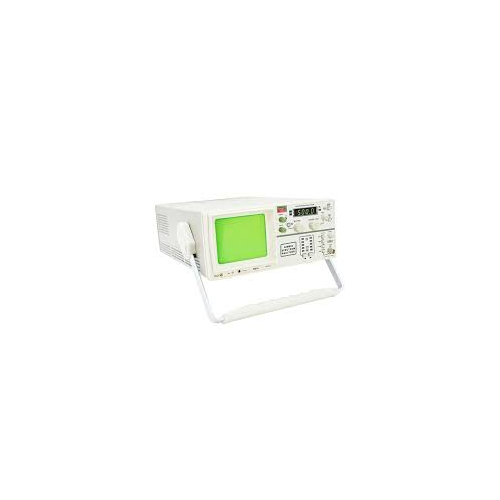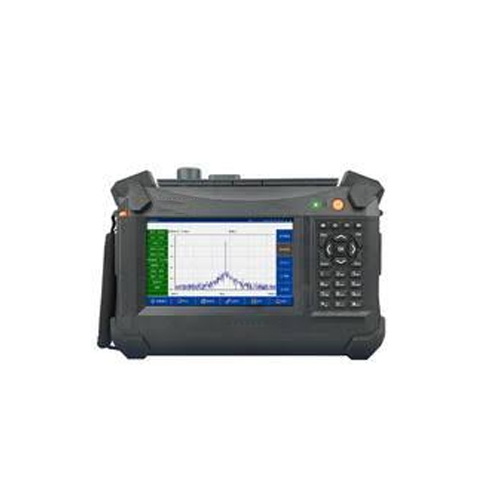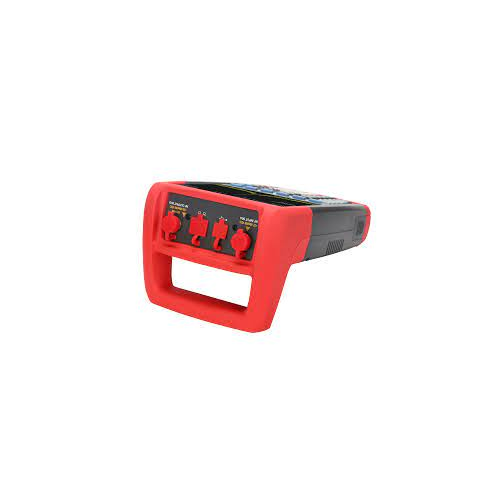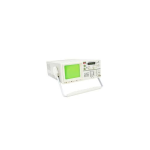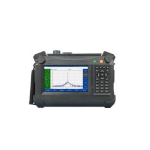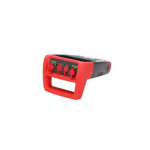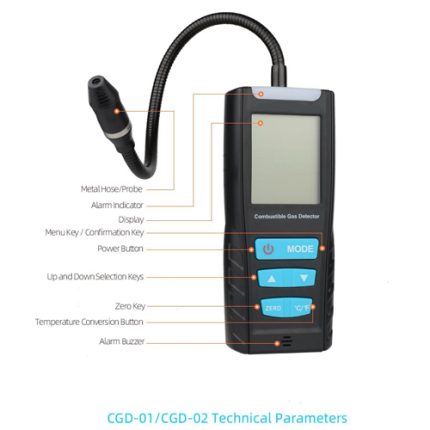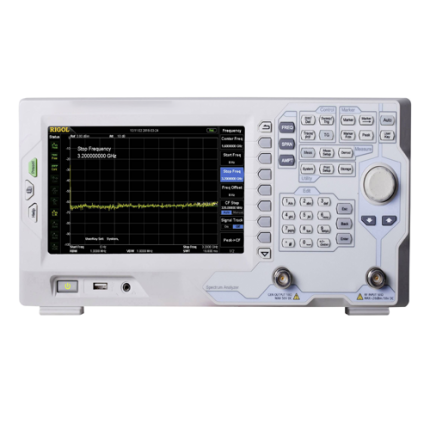Description
Technical Specifications
| Range | 9 kHz to 2.6 GHz |
| Resolution | 1 Hz |
| Accuracy | + or – (Frequency Marker Readout x Frequency Reference Accuracy + 1 % x Span + 10 % x RBW + 0.5 x [Span or (Sweep Points -1)] + 1 Hz) |
| Internal Reference | Aging Rate: < 1 ppm/year; Stability Over Temperature :< 0.5 ppm 59 °F to 95 °F (15 °C to 35 °C) |
| Range | 10 Hz to 3 MHz, Customized down to: 1 Hz to 10 Hz |
| Electability | RBW ≤ 500 kHz : < 5:1 Typical (Digital implementation, next to Gaussian shape); < 5 % Typical |
| Accuracy | RBW ≤ 500 kHz: < 5 % Typical |
| Video Bandwidth | 10 Hz to 3 MHz |
| Preamplifier Off | 100 kHz to 1 MHz: < -100 dBm -3 × (f / 100 kHz) dB; 1 MHz to10 MHz: < -130 dBm; 10 MHz to 1 GHz: < -135 dBm; 1 GHz to 3.6 GHz: < -130 dBm |
| Preamplifier On | 100 kHz to 1 MHz: < -120 dBm – 3 × (f / 100 kHz) dB; 1 MHz to 10 MHz: < -150 dBm; 10 MHz to 1 GHz: < -155 dBm; 1 GHz to 3.6 GHz: < -148 dBm |
| Span (100 Hz ≤ SPAN ≤ 3.6 GHz) | 10 ms to 3000 s |
| Zero Span | 1 ms to 3000 s |
| Trigger Source | AUTO,Video,EXT |
| Offset 100 kHz | 5 V TTL Level (Typical ) |
| Resolution | 1 Hz, 10 Hz, 100 Hz, 1 kHz |
| Uncertainty | Frequency Readout x Frequency Reference Progress + Counter Resolution |
| Overall Amplitude Accuracy (90 %) | +/-1.5 dB, Input Signal Range: -50 dBm to 0 dBm |
| Max. Safe Input Level | Average Continuous Power: +27 dBm |
| Input Attenuator Range | 0 dB to 39 dB, in 3 dB step |
| Frequency Range | 100 kHz to 1.5 GHz |
| Output Power | -30 dBm to 0 dBm, in 1 dB step |
| Reference Input or Output | 10 MHz, BNC Female, Input: 0dBm to + 10 dBm;Ouput: 0 dBm to ± 2 dB |
| Power | Li-ion Battery: 7.4 V 6600 mAh; DC Adapter: 100 to 240 V AC 50 Hz or 60 Hz 1.5 A |
| Display | 6.5 Inches TFT LCD, 640 × 480 |
| Dimensions | 15.74 in x 11.02 in x 866 in (400 mm x 280 mm x 220 mm) |
| Weight | 8.59 lb (3.9 kg) |

